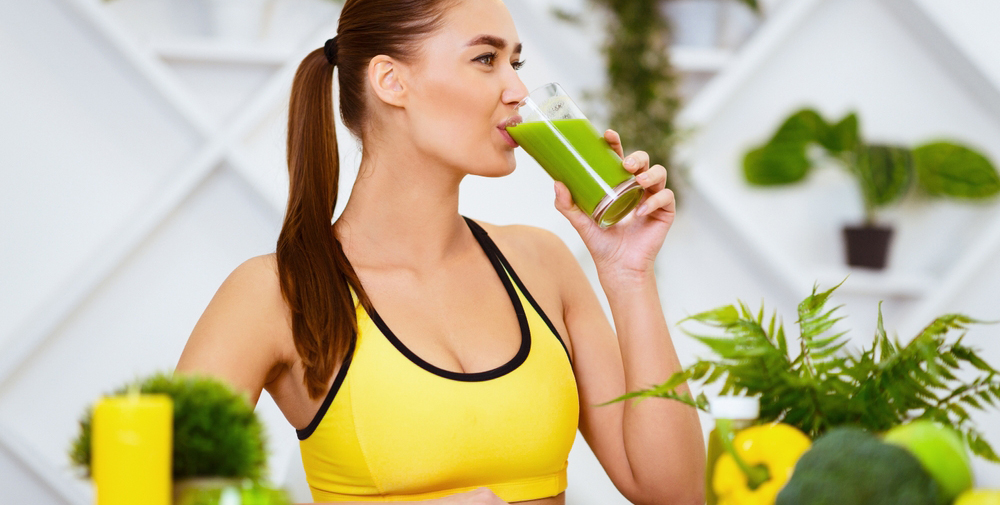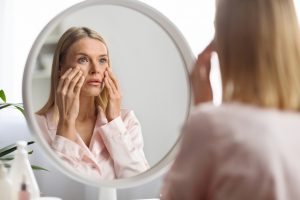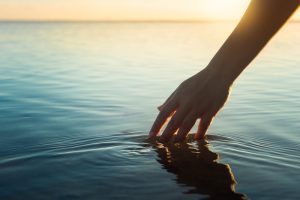New research from La Roche-Posay released today spotlights the most common, lingering health-related myths.
With the UK sizzling this week and highs of 29°C expected across the country, expert dermatologists are keen to set the record straight on sun protection.
Top 7 health myths:
Myth #1 – You need to drink at least 8 glasses of water a day to stay hydrated (59% agree*)
Myth #2 – Sitting for extended periods of time is as harmful as smoking (41% agree*)
Myth #3 – Cracking your joints or knuckles leads to arthritis (28% agree*)
Myth #4 – Carbohydrates are unhealthy (23% agree*)
Myth #5 – Sunscreen is only necessary during the summer (22% agree*)
Myth #6 – You cannot get sun damage / UV rays cannot reach you through a window (21% agree*)
Myth #7 – You cannot get sunburned within the first 30 minutes of being outside (19% agree*)
Around 5% of Google search queries are health-related – that’s over 425 million searches per day.
Health is clearly on the agenda for most people, but the amount of information can be overwhelming. It’s also clearly leading to confusion for many as new research from La Roche-Posay reveals.
The research found the main influences for health-related attitudes are parents, school and social media.
There are also interesting generational gaps in the research when it comes to suncare, with 29% of Gen Z believing you cannot get sunburned within the first 30 minutes of being outside – a belief which stems from their parents.
A greater number of men than women also believe suncare to be seasonal with 26% (compared to 17% of women) agreeing that sunscreen is only necessary in the summer.
Encouragingly, 38% of people polled did however say that their attitude towards sun safety has changed in the last 6 months, which shows a positive shift in sun safe behaviour.
So, what are the potential barriers stopping us from reaching for the suncream bottle when the sun comes out? The top misconceptions around suncream from the research were:
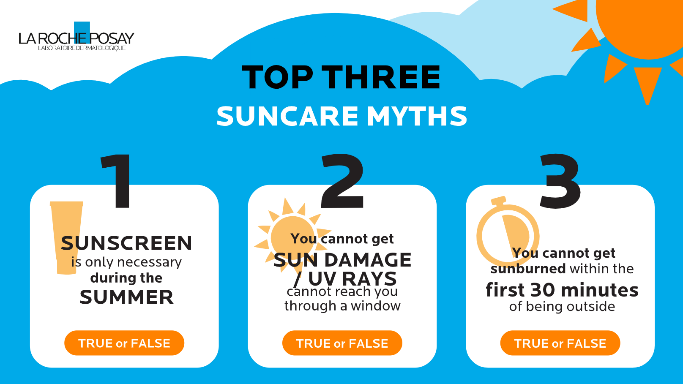
• Wearing suncream means you won’t get burned (26% agree*)
• Suncream causes blemishes and breakouts (25% agree*)
• Suncream can be harmful to skin (22% agree*)
• Sunburn is unavoidable (23% agree*)
Not only are the above not true, and leading to unnecessary sun damage, but they are potentially having long term effects on our health, with, on average, a person’s risk for melanoma (skin cancer) doubling if they have had more than five sunburns. [2]
This summer sees the 30th anniversary of WHO adopting the standardised UV scale – which is now a feature of weather forecasts.
The data points to lingering consumer confusion around UV with 34% of 25–34-year-olds believing UV rays cannot reach you through a window.
Thirty years on from the widespread adoption of the UV index scale, and with a heatwave on the horizon, La Roche-Posay are on a mission to educate consumers on sun safety – particularly the different types of UV.
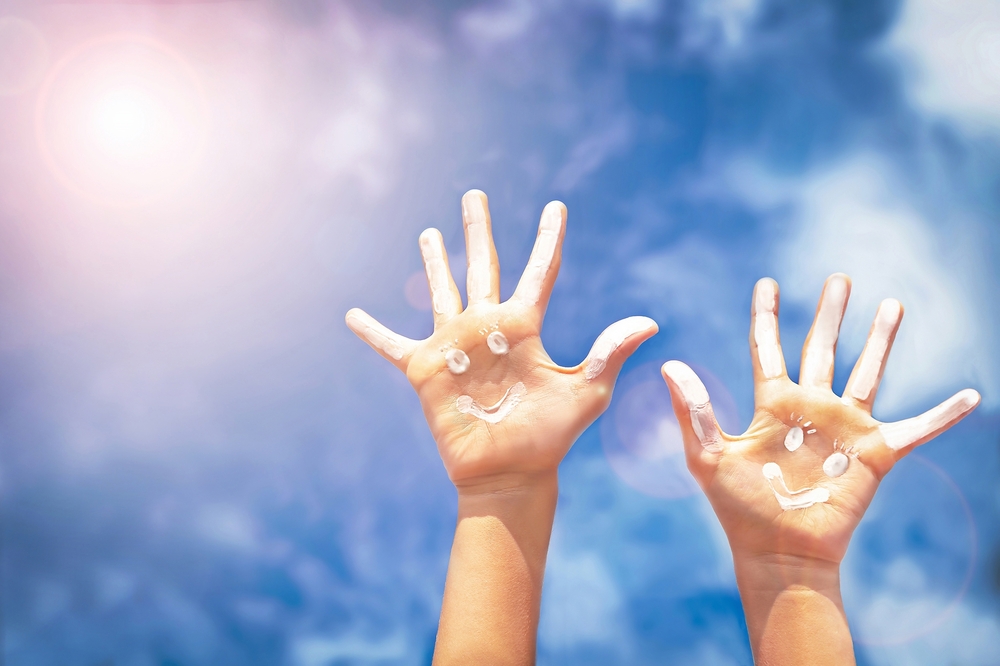
There are two types of UV – UVA and UVB. These are easily remembered through their effects on the skin – ‘A’ for ‘Aging’ and ‘B’ for ‘Burning’. UVA rays activate existing melanin in the skin and lead to short term tanning. UVB rays, on the other hand, penetrate the surface layers of the skin and are the major contributor to sunburn. These rays also increase melanin production in the skin, which causes the delayed tanning effect following sunburn.
While UVB exposure has long been identified as the main cause skin cancer, it is now acknowledged both UVA and UVB rays increase skin cancer risk.
The Anthelios range from La Roche-Posay offers broad spectrum UVA-UVB protection suitable for even the most sensitive skin.
Consultant Dermatologist Dr Hiva Fassihi’s top three tips to stay safe in the sun
- Seek shade – avoid direct sun exposure between 11am and 3pm. Keep babies and young children out of the sun at all times.
- Apply cream – apply 30 minutes before sun exposure. Reapply every two hours and after swimming and towelling. The amount of UVA and UVB protection a sunscreen provides is related to how thickly it is applied onto the skin, so be generous with your sunscreen application. Studies have shown that there are certain parts of the body that we are most likely to miss when applying sunscreen, people namely miss applying to the ears and tops of feet.
- Cover up – people rely too much on their sunscreen. For optimal protection, sunscreens must be used in conjunction with sensible sun-exposure behavior. Wear a sun hat with a brim, t-shirt and sunglasses with UV protection.
As well as revealing where we are falling down when it comes to sun safety awareness, the research also looks into broader common health myths, reminding people you can’t always believe anything you hear.
Consultant Dermatologist, Dr Hiva Fassihi commented, “Too many people avoid wearing sunscreen because they think it might be harmful to their skin, or they think it’s healthier to have a tan. There is no evidence of this and plenty of evidence that excess sun exposure is very harmful to the skin. La Roche-Posay as a brand is heavily involved with dermatologists to develop and design their sunscreens. They have a huge range of products – something for everyone – from children to adults, tints within their sunscreen, to light and spray formulations. Although invisible, harmful ultraviolet (UV) rays that cause skin cancer and ageing are present all year-round. Sun protection should be applied daily, even in winter, but especially when the sun is out.”
LA ROCHE-POSAY ANTHELIOS UVMUNE 400 INVISIBLE FLUID SPF50+ SUN CREAM FOR SENSITIVE SKIN 50ML
RRP: £20
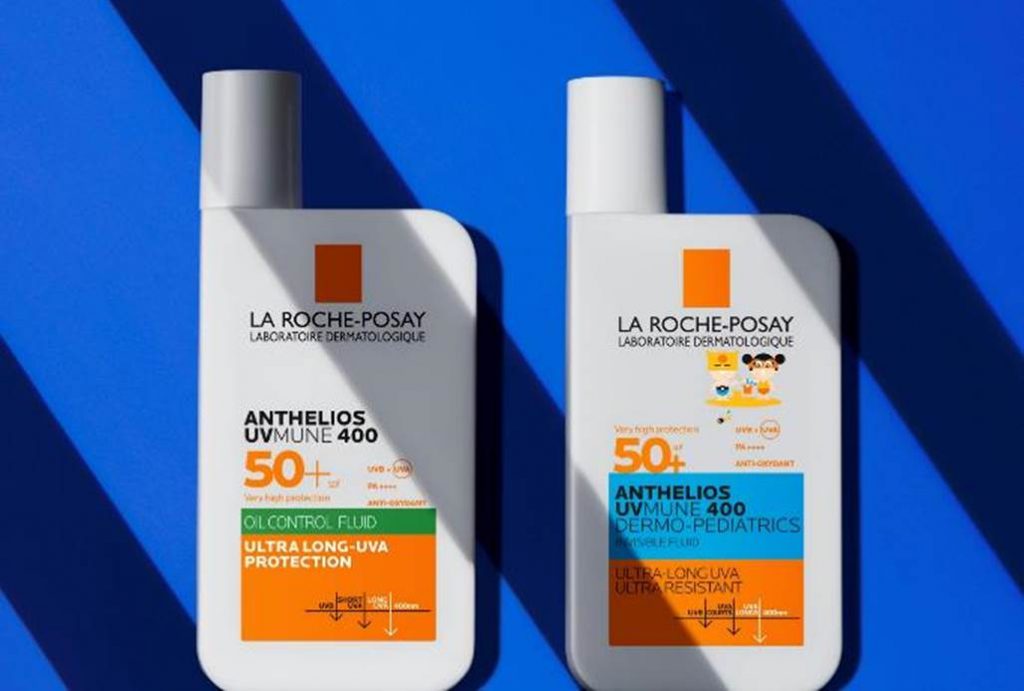
Ultra-resistant formula specifically developed for sensitive skin.
A very high protection, broad spectrum (SPF 50+) comfortable fluid formula that is ultra water, sweat and sand resistant.
Optimal SPF 50+ protection reinforced against UVA rays (stricter than the European recommendation) thanks to patented filtering system Mexoplex® combined with La Roche-Posay Thermal Spring Water.
Also suitable for patients undergoing cancer treatment. Helps protect sensitive skin.
KEY BENEFITS:
- Ultra-resistant formula specifically developed for sensitive skin.
- High protection, broad spectrum (SPF 50+) comfortable fluid formula that is ultra water, sweat and sand resistant.
- Non-greasy cream does not leave white marks and does not migrate.
- Non eye-stinging.
- Broad, photostable UVA/UVB/Infrared protection (SPF 50+)
- Ultra water, sweat and sand resistant.
- Non-sticky, does not leave marks

